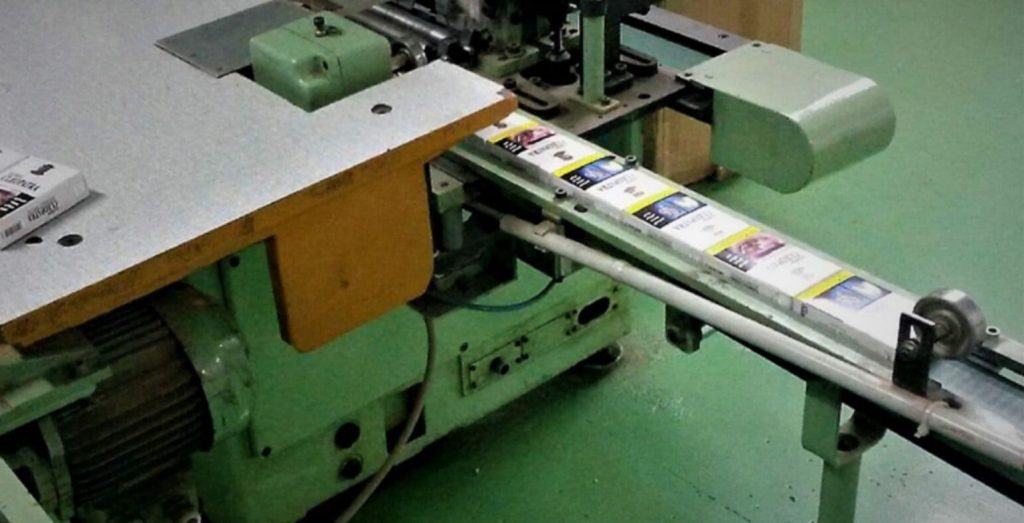
The tobacco industry in Albania is not just an economic activity; it’s a story of tradition, resilience, and transformation. It represents a country’s ability to harness the potential of its land and its people, navigating through challenges to become a part of the global marketplace. In this journey, every tobacco leaf harvested and every cigar rolled is a testament to Albania’s vibrant culture and indomitable spirit.
Historical Perspective
The tobacco industry has a long and storied history in Albania. Tobacco cultivation has been part of the Albanian farming landscape for centuries, with the region’s fertile soil and favorable climate providing perfect conditions for the crop’s growth. The tradition of tobacco farming is deeply ingrained in the local culture, representing more than just an economic activity.
Tobacco Varieties in Albania
Albania grows several tobacco varieties, including the popular Oriental and Burley types. The Oriental tobacco, known for its unique aroma and flavor, is often used in blending premium cigarettes. Burley tobacco, with its high nicotine content and robust flavor, is favored for pipe tobacco and certain types of cigars.
Cultivation Techniques
Albanian tobacco farmers employ a mix of traditional and modern cultivation techniques to optimize crop yield. The planting season usually begins in spring, with the seeds sown in carefully prepared seedbeds. As the seedlings mature, they are transplanted into larger fields where they grow until ready for harvest.
Harvesting and Drying
Harvesting is a critical stage in the production process. It’s done by hand to ensure the best quality leaves are selected. Post-harvest, the leaves undergo a drying process, traditionally air-cured in barns, to enhance their flavor and prepare them for the next stage of production.
Processing and Packaging
After drying, the leaves are sorted by size, color, and quality, then processed for the market. This involves removing the stems, cutting the leaves into strips or shreds, and packaging them for domestic use or export.
National Income and Employment
The tobacco industry plays a significant role in Albania’s economy, contributing to national income and providing employment for many locals. It’s not just the farmers growing the crop, but also those involved in processing, packaging, distribution, and sales.
Contribution to Global Market
Albania’s tobacco industry also plays a role in the global market, with its products exported to several countries. The quality and variety of Albanian tobacco have earned it a respectable place in the international tobacco trade.
Government Policies and Support
The Albanian government has put in place various policies to support the tobacco industry. These include subsidies for farmers and initiatives to improve quality and increase exports. The government also enforces regulations to ensure the industry operates responsibly and sustainably.
International Trade Regulations
As part of the global tobacco trade, Albania adheres to international trade regulations. These guidelines are designed to promote fair trade and protect the interests of all stakeholders.
Technological Innovations
Technology plays a vital role in modernizing Albania’s tobacco industry. From advanced cultivation techniques to improved processing machinery, technology continues to drive efficiency and enhance product quality.
Market Expansion and Challenges
As the demand for Albanian tobacco grows, the industry faces both opportunities for market expansion and challenges such as meeting international quality standards and adapting to evolving market trends.
Conclusion
In conclusion, the tobacco industry in Albania is a fascinating domain that reflects the country’s history, culture, and economic development. Despite challenges, it continues to thrive, powered by the hard work of its farmers, the support of its government, and the demand for its quality products on the global stage.
FAQs:
-
Who are the main stakeholders in Albania’s tobacco industry?
- The main stakeholders include tobacco farmers, processing units, distribution networks, government bodies, and international trade partners.
-
What types of tobacco are grown in Albania?
- Albania primarily grows Oriental and Burley types of tobacco.
-
Where are the major tobacco-growing regions in Albania?
- The regions with the most favorable conditions for tobacco cultivation are around the southern and central parts of the country.
-
Why is Albania suitable for tobacco cultivation?
- Albania’s climate and fertile soil create ideal conditions for tobacco growth.
-
How is tobacco processed in Albania?
- After harvesting and air-curing, tobacco leaves are sorted, de-stemmed, cut into strips or shreds, and packaged.
-
Is the Albanian government supportive of the tobacco industry?
- Yes, the government has implemented various policies to support the industry, including farmer subsidies and quality improvement initiatives.
-
Can Albania meet the international demand for its tobacco?
- With continuous efforts to improve cultivation techniques and increase yield, Albania aims to meet international demand.
-
Does Albania export its tobacco products?
- Yes, Albania exports a significant volume of its tobacco products to various countries.
-
Will the tobacco industry continue to play a significant role in Albania’s economy?
- Given current trends and government support, it’s likely that the tobacco industry will continue to contribute significantly to Albania’s economy.
Books:
- “Tobacco Cultivation and Trade in the Balkans: An Economic and Social History” by Kostas Kostis provides insights into the Balkan tobacco industry, including Albania.
- “Albania’s Economy in Transition and Turmoil, 1990–2000” by Andrea Stefani and Louis J. Mucilli, while not solely about the tobacco industry, includes valuable information on its economic impact.
Citations:
- Kostas Kostis, “Tobacco Cultivation and Trade in the Balkans: An Economic and Social History” (IB Tauris, 2013)
- World Bank, “Albania Overview: Economy,” World Bank website
- FAO, “Tobacco Cultivation in the Balkans,” FAO website
- National Statistics Office of Albania, “Agriculture, forestry and fishery statistics,” NSO website